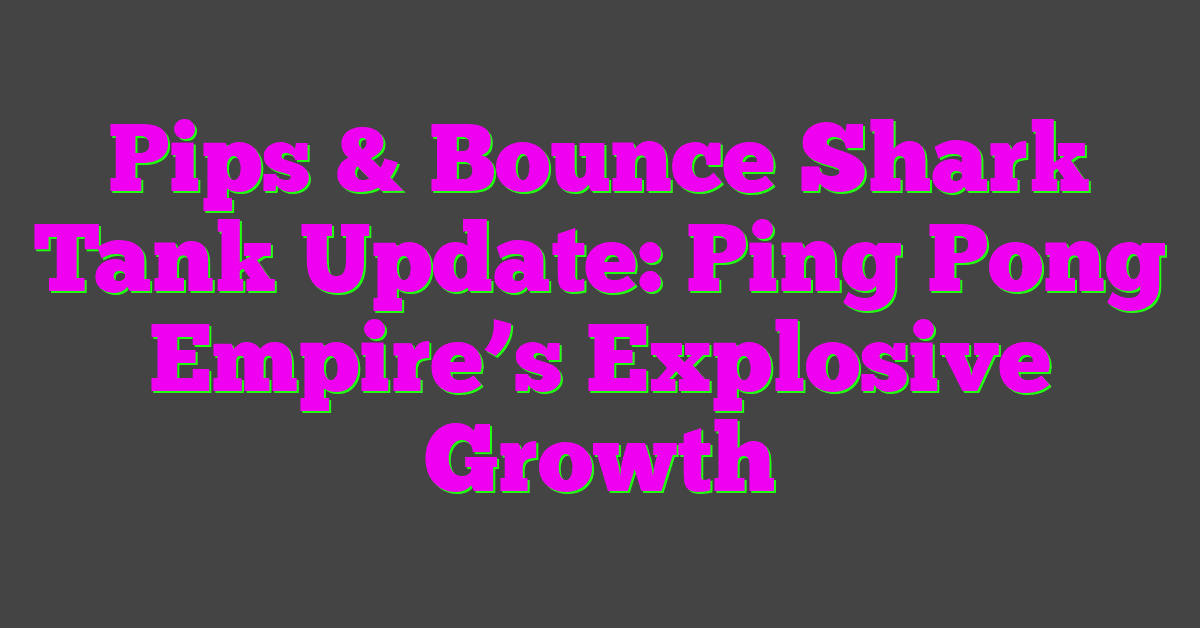In today’s fast-paced digital world, attracting customers can feel like a daunting challenge, especially for startups. That’s where inbound marketing comes into play. This powerful strategy focuses on creating valuable content that pulls customers toward your brand, rather than pushing your message out into the void. It’s all about building relationships and trust, which is crucial for any new business trying to make its mark.
You might wonder why this approach is essential for startups. With limited budgets and resources, you need to maximize your reach and engagement without relying on traditional advertising. Inbound marketing offers a cost-effective way to connect with your target audience, turning potential customers into loyal advocates. Let’s dive into what inbound marketing really is and why it could be the game-changer your startup needs.
What Is Inbound Marketing?
Inbound marketing is a strategic approach that focuses on attracting customers through valuable content and personalized experiences. Unlike traditional methods, it draws customers to you instead of interrupting them with direct ads. This method creates a connection between you and your audience, enhancing trust and engagement.
Definition and Key Concepts
Inbound marketing involves four main steps: attract, convert, close, and delight.
- Attract: Use engaging content, social media, and SEO to draw potential customers to your brand.
- Convert: Transform visitors into leads through calls-to-action, landing pages, and lead magnets.
- Close: Utilize email marketing and CRM tools to nurture leads, moving them closer to purchase decisions.
- Delight: Ensure customers are satisfied and engaged, encouraging them to become advocates for your brand.
These concepts emphasize the importance of creating quality content that addresses your audience’s needs, ultimately leading to sustained relationships and repeated business.
How It Differs from Outbound Marketing
Inbound marketing differs significantly from outbound marketing in its approach and focus.
- Audience Engagement: Outbound marketing often relies on cold calls and unsolicited emails, while inbound marketing emphasizes attracting interested prospects.
- Cost-Effectiveness: Inbound methods, such as creating blogs and leveraging social media, generally incur lower costs compared to expensive ad placements in traditional media.
- Strategy: Outbound marketing pushes messages to people regardless of their readiness to buy, whereas inbound focuses on engaging users who are already seeking information related to your product or service.
By adopting inbound marketing practices, budding entrepreneurs can establish a strong online presence and connect effectively with their target audience, driving long-term success.
Benefits of Inbound Marketing for Startups
Inbound marketing offers numerous advantages for startups, particularly for those looking to maximize their resources while effectively engaging with customers. Implementing inbound marketing strategies helps build brand awareness and customer loyalty, essential components for long-term success.
Cost-Effectiveness
Inbound marketing significantly reduces marketing costs compared to traditional advertising methods. You can create valuable content, such as blog posts and videos, that attracts your target audience without the need for extensive ad spend. While traditional outbound marketing demands large budgets for ads, cold calls, and other direct marketing, inbound marketing relies on organic traffic and leads built over time through relationship-building. This cost-effective approach allows you to allocate funds to other critical areas of your startup, enhancing overall productivity and growth.
Building Customer Relationships
Inbound marketing fosters genuine connections with your customers. By creating content that addresses their needs and pain points, you cultivate trust. Content such as tutorials, guides, and helpful resources positions your brand as a thought leader in your niche, encouraging customer loyalty. When customers see your brand as a reliable source of information, they’re more likely to return and refer others to your startup. The relationship you build also leads to valuable feedback that can drive product improvements and innovation, further strengthening your market position.
Essential Components of Inbound Marketing
Inbound marketing relies on several essential components to create a holistic strategy that attracts, engages, and delights your audience.
Content Creation and Distribution
Content serves as the foundation of inbound marketing. You create valuable materials, such as blog posts, videos, eBooks, and infographics, that address your audience’s needs and interests. Focus on delivering quality over quantity; one well-researched article can resonate more than ten poorly crafted ones. Distribute this content across multiple platforms, including your website and social media. Leveraging email newsletters also ensures your audience receives relevant updates directly.
SEO and Website Optimization
Search Engine Optimization (SEO) enhances your content’s visibility in search engines, driving organic traffic to your site. Use relevant keywords that align with your audience’s online search behavior. Ensure your website is user-friendly, fast-loading, and mobile-responsive. These factors improve user experience and encourage longer visits, which can increase conversion rates. Optimize your content, including meta descriptions, headers, and alt tags for images, to elevate search rankings.
Social Media Engagement
Social media acts as a powerful tool for promoting your brand and engaging with your audience. You should utilize platforms where your target customers spend time, sharing content and interacting with followers. Encourage discussions by responding to comments and questions promptly. Hosting live sessions or Q&A events can further enhance connections and build your community. Use analytics tools to track engagement and refine your strategies for better results.
Steps to Implement Inbound Marketing
Implementing inbound marketing effectively involves strategic planning and execution. Follow these essential steps to attract and retain customers.
Setting Goals and Objectives
Set clear, measurable goals that align with your business vision. Define what success looks like for your startup. Use SMART criteria—Specific, Measurable, Achievable, Relevant, Time-bound. For instance, aim to increase website traffic by 30% within six months or generate 50 new leads monthly. Establishing these objectives helps track progress and optimize your strategies based on performance.
Developing a Buyer Persona
Create detailed buyer personas to understand your target audience better. A buyer persona is a semi-fictional representation of your ideal customer. Include demographics, interests, challenges, and pain points. For example, if you’re targeting tech-savvy entrepreneurs aged 25-35, consider their preferences for online communication and information sources. Developing these personas helps tailor your content and marketing efforts to resonate with potential customers more effectively.
Creating a Marketing Strategy
Design a comprehensive marketing strategy that incorporates various inbound tactics. Focus on content creation, SEO, and social media engagement. Develop high-quality blog posts, infographics, or videos that address your audience’s needs. Optimize each piece with relevant keywords to enhance search visibility. Use social media platforms to share your content, engage with followers, and foster community discussions. A well-rounded marketing strategy drives traffic, nurtures leads, and builds lasting customer relationships.
Conclusion
Embracing inbound marketing can be a game-changer for your startup. By focusing on creating valuable content and nurturing relationships with your audience, you can build trust and loyalty that pay off in the long run.
This approach not only saves you money but also helps you connect with your customers on a deeper level. With the right strategies in place, you’ll attract the right people to your brand and turn them into passionate advocates.
So why wait? Start implementing inbound marketing today and watch your startup thrive in the competitive digital landscape.









